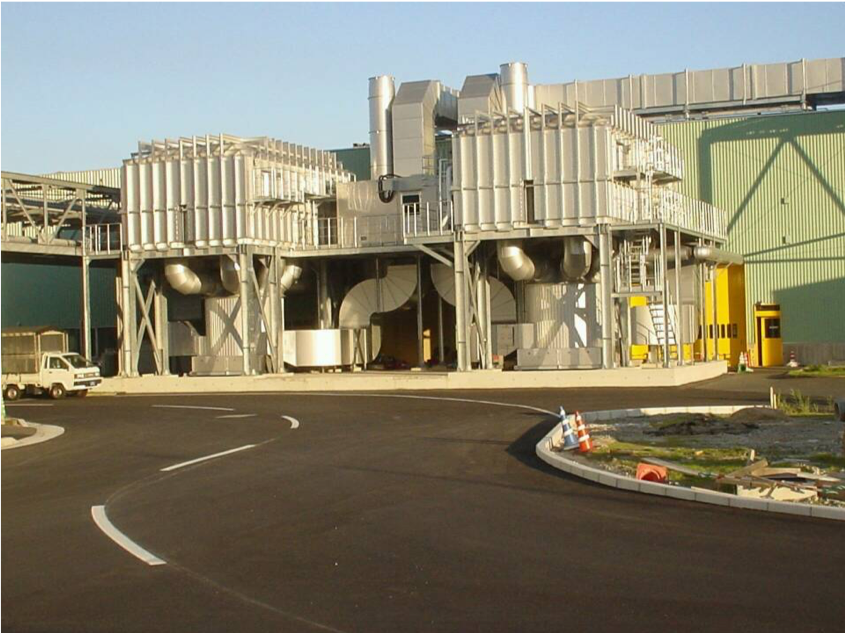Installing a new RTO in Indiana
Over summer shutdown this year, TKS will extend the industrial oven at a major manufacture in Indiana. As part of that project, TKS will install a brand new Regenerative Thermal Oxidizer (RTO) to control air pollution from the industrial oven exhaust. In the past, this customer has has issues with restricted airflow through their old RTO due to clogging on the ceramic media beds. The new RTO features a new type of ceramic media that is designed to reduce clogging and blocking of the media. The RTO had its start of production in 2018.


